
“Maman, where’s the challah?” my sister asked one Friday evening when she was a senior in high school (and I was a freshman).
“Chee?” my mother responded in Persian, asking, “What?”
“The challah!” my sister pleaded. “Where’s the challah?”
“Chee chee?”
“Maman!” my sister yelled. “My friend is coming for Shabbat dinner, and we need to put challah on the table!”
“What’s the matter?” my mother asked. “Doesn’t she eat meat?”
“She’s not a vegetarian!” my sister cried. “Challah is a type of noon (bread)! It’s a giant loaf that’s braided, and the American Jews only eat it on Shabbat!”
“Oh, so you want noon so you can say HaMotzi?” my mother asked. “Here, put this bag of pita on the table.”
I’ve previously written that I’d never heard of dreidels and latkes, nor of hamantaschen, until I came to the United States. How’s this for shocking: I never tried challah until I entered college.
Iranian Jews don’t incorporate bread into Shabbat and holiday meals as much as other Jews, especially Ashkenazim. If you’ve ever been to an Iranian Shabbat dinner, you’ll know why: whether in Iran or America, we mostly stick to the first course (fruits and nuts), the second course (fish and salad), the third course (stews, meats and rice) and then tea and dessert. There isn’t even room in our stomachs for bread, which, back in Iran, we mostly reserved for weekday breakfast with sharp cheese and fresh herbs.
But whether in Iran or America, Iranian Jews do make a big deal about saying Kiddush over wine at the start of Shabbat dinner (forget grape juice for the kids back in Iran; all we had was red wine, and we were lucky to have it). Without wine and its corresponding prayers, it’s just another dinner with 30 cousins.
We make such a big deal about saying Kiddush, in fact, that over 40 years ago, after the Islamic Revolution, the newly-formed regime of the Islamic Republic of Iran still allowed Jews to possess wine for the Sabbath and holidays. Alcohol is banned in Iran per its prohibition in Islam (and possession of it is punishable by 80 lashes; after three convictions, a fourth conviction results in death).
In fact, I can’t even remember a single Shabbat dinner at my parents’ home in America during which we put out bread of any kind — until, that is, my sister began participating in mostly Ashkenazi-led Jewish outreach programs at UCLA and taught us about big, braided fluffy loaves of bread with sesame seeds sprinkled on top.
There are, of course, many Jews in Iran and Jews of Middle Eastern descent all over the world who enjoy bread with Shabbat dinner, lunch or Seudah Shlishit (the late afternoon meal on Shabbat). That bread, however, is usually flatter than a pancake beneath an anvil.
Whether lavash, pita or barbari (all loved by Iranians); pain petri (popular in Morocco and France); mouna (Algeria); or jachnun and kubaneh (amazing Yemenite breads, which are readily available in Israel), all of these delicacies have one thing in common: nothing about them resembles the traditional, puffy breads that we see in kosher bakeries and supermarkets.
As it turns out, “challah” actually refers to any bread that’s incorporated into Jewish rituals. On Shabbat, Jews serve two loaves of bread because when the ancient Israelites were wandering in the desert after leaving Egypt, God provided them with an extra serving of manna the day before Shabbat (to be eaten on Shabbat, so they wouldn’t be lacking in food and forced to toil or bake). As the Torah states, “And it shall be on the sixth day that when they prepare what they will bring, it will be double of what they gather every day” (Exodus 16:5).
Generally, if you make more than five pounds of dough, the common practice is to recite the blessing of Hafrashat Challah and remove an egg-sized portion as an “offering” (since Jews no longer have the temple, or Beit Hamikdash in Jerusalem, where they would bring an offering to the Cohanim). As the Torah states, “The first portion of your dough, you shall separate a loaf for a gift; as in the case of the gift of the threshing floor, so shall you separate it” (Bamidbar 15:20).
When God instructed the Israelites about entering the Land of Israel, He commanded them to make bread and provide a gift offering from that bread. I wrap my offering portion in foil and burn it in the oven. On Shabbat, it’s not an obligation to eat bread whose dough was partly removed as a gift offering. It is a commandment, however, to eat two whole loaves of dough, whatever their shape. The word “challah,” simply refers to a loaf of bread (or the part that was removed as an offering).
For years in many Iranian towns, the oldest male Cohen would be privy to which Jewish households were making bread on Fridays. He would knock on doors and ask for a small piece of dough (the gift offering), which he would collect and then burn in his oven (or the oven of the local synagogue, if it had one). It was a quaint, wonderful custom.
God commanded us to make bread. Not specifically eggy, braided and puffy bread with raisins, but just bread. And since this all transpired in the Middle East, that bread was flat.
If we divided global Jewry into Ashkenazim and Sephardim/Mizrahim, over half never actually ate the puffy loaves until they were exposed to Ashkenazi challah customs, whether they were Moroccans who moved to Paris or Syrians who escaped to New York City. So why does only one dominant image (and eggy taste) come to mind when we think of challah?
Why does only one dominant image (and eggy taste) come to mind when we think of challah?
Don’t get me wrong. Everything about challah is awesome. I like it (I especially love the local pretzel challah from Got Kosher?), but I’ll take a piping-hot, giant slab of barbari bread topped with melted butter any day of the week. In Iran, I was tasked with running down to the local baker (whose bakery consisted of a stone oven and a tarp) and buying a giant loaf of barbari bread, which, when cut in half and held vertically, resembled the two tablets of the Ten Commandments. I felt like Moses — if Moses was a hijab-clad girl in Tehran.
So why do we only know about one type of challah? Because American Jewish culture is predominantly Ashkenazi and because, let’s face it, the puffy stuff is prettier, fluffier and more enticing to kids.
A few years ago, when my kids were enrolled in a Jewish daycare, they would occasionally serve as the “Shabbat Abba” on Fridays, leading the Kiddush prayer. When my child was the Shabbat Abba, it was my job to send enough bread and grape juice for every kid in the daycare program. I was happy to oblige, and it was adorable. Naturally, I always sent two loaves of challah (sometimes with chocolate chips, which is like catnip for toddlers). You know what wouldn’t have been so adorable? If I had sent two big pieces of flat lavash bread, or a big pack of powdery pita. I can just imagine the confused, whimpering children.
Given the fact that puffy challah has been the rage for centuries, someone has to defend the lonely existence of flatbreads. Enter Natalie Zangan, a Tehran-born psychotherapist and children’s activist based in Encino.
“Many centuries ago, when Jews moved to Eastern Europe, they were introduced to a uniquely European-style braided bread, which they adopted,” Zangan told the Journal. “But we have not found any textual evidence from the Torah suggesting anything specific about braided bread for Shabbat.
“The bread that we consume on Shabbat and holiday meals does not have to have a particular style or even have a particular name,” she continued. “Our only commandment is that it needs to be two complete [unbroken] loaves of bread.”
The medieval Jewish scholar, Rashi, wrote about challah in his Talmudic commentary (Beitzah 9a). “Rashi translated challah as the old French word, ‘torte,’” said Zangan’s husband, Rabbi Bijan Refael Zangan. “For thousands of years, the bread we call ‘challah’ today simply resembled a thin, round cake.”
This Friday marks the first Shabbat after Passover, and it’s an auspicious and symbolic occasion to bake bread in our own homes to celebrate the month of Iyar, when the manna was first offered to the Israelites (after the one-month supply of unleavened bread they brought out of Egypt ran out). It also symbolizes how, after 40 years of wandering in the desert, the Jews understood that it would be up to them to make their own bread (and no longer rely on God-given manna) once they entered the land of Israel.
As a symbol of how God is the key to our sustenance and livelihood, German Jews began making challah for the first Shabbat after Passover in the shape of keys (called “shlissel challah”), which initially received criticism that it was borrowed from pagan and Christian practices. Now everyone, whether a German, Polish or Algerian Jewish baker, bakes their challah for this Shabbat in the shape of a key as a segula (a protective charm) for increased livelihood. This Friday, you’ll even find a few key challahs at Got Kosher, which is owned by a Tunisian (Alain Cohen).
If I’m expected to make a key-shaped challah for this Shabbat, I’d like to propose that next Shabbat, my Ashkenazi neighbors ask me how to make cloudlike pita bread at home (the trick is to use coconut cream). Challah is delicious, but as I always say, Jewish cultural exchange should be a two-way street (with seven opinions).
As for Zangan, I’ve never met anyone so passionate about going beyond challah. “I’m on a mission to create more education and awareness about the root teachings of our different customs and to connect Jewish people back to ancient sources,” she said. “My dream is to find sponsors who will enable me to teach children about the origins of bread for Shabbat, helping them to connect mindfully [to] the Earth with their own hands.” Indeed, I’ve seen photos of her flatbread, and it looks heavenly.
Zangan currently teaches about the biblical and historical background of Jewish bread on her YouTube channel. This Purim, she even dressed up as a loaf of dough. Now that’s commitment.

And in the past few decades, a new trend has started in Iran’s Jewish community (which ranges between 5,000-8,000 people): puffy, braided challah for Shabbat. It seems that some rabbis in the West sent videos to Iranian Jews teaching them how to make Ashkenazi challah. If only I could initiate a virtual event in which Jews in Iran teach Americans about their breads (without putting those Jews in Iran at risk of being charged as spies for America).
As for my mother, she eventually became used to challah, although she pulls out the gloriously puffy part inside and only eats the crust. “I know you like to put it on the table for the kids, but this stuff’s too doughy,” she complains. “Don’t you keep any pita or lavash in the house?”
Tabby Refael is a Los Angeles-based writer, speaker and activist. Follow her on Twitter @RefaelTabby
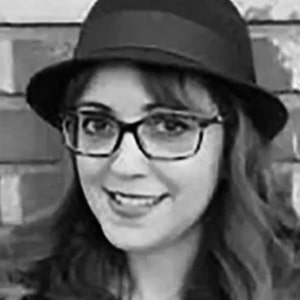









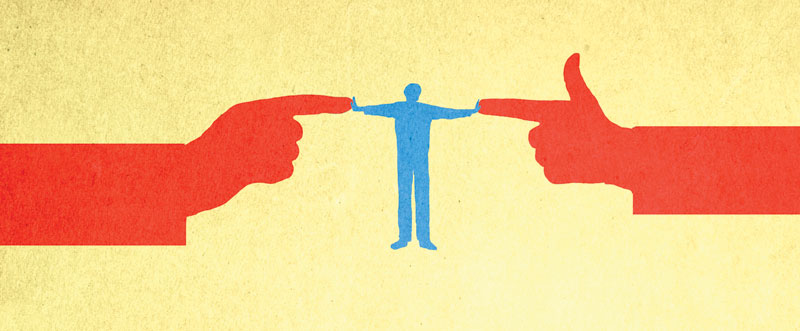
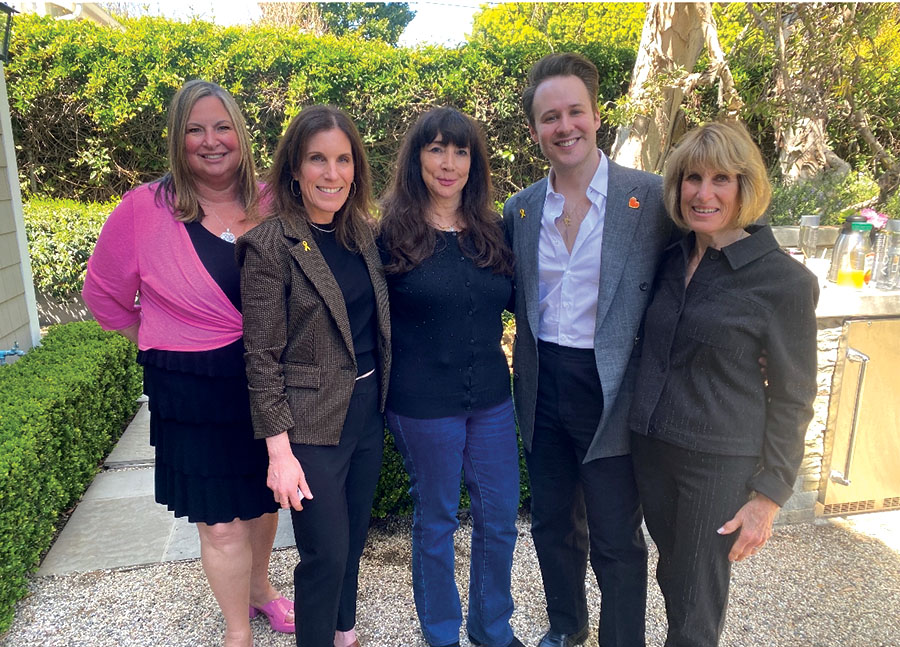

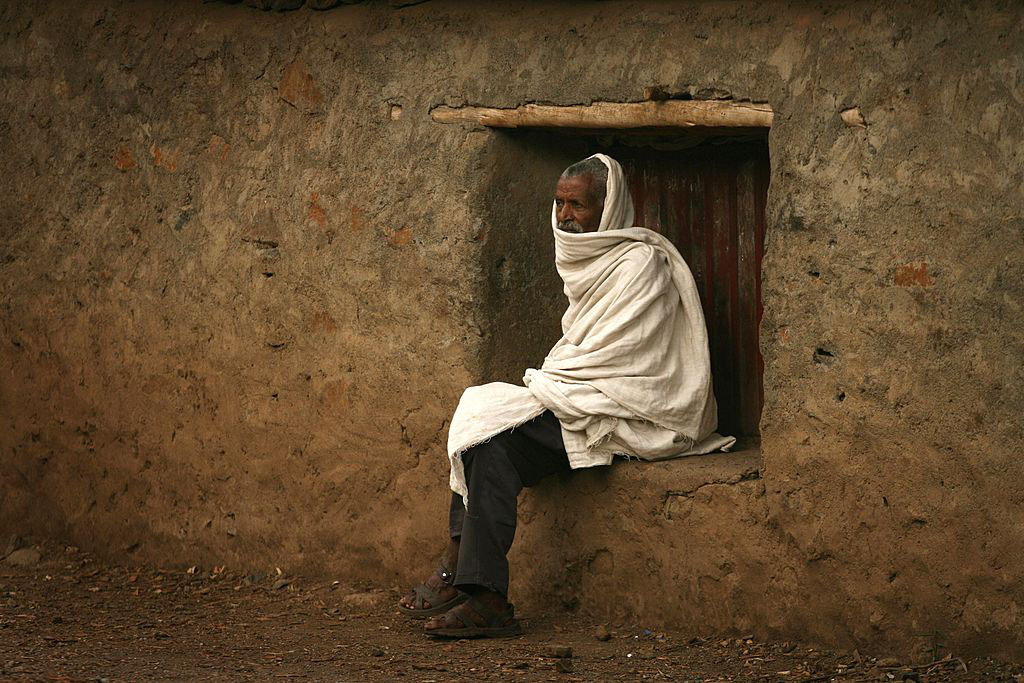
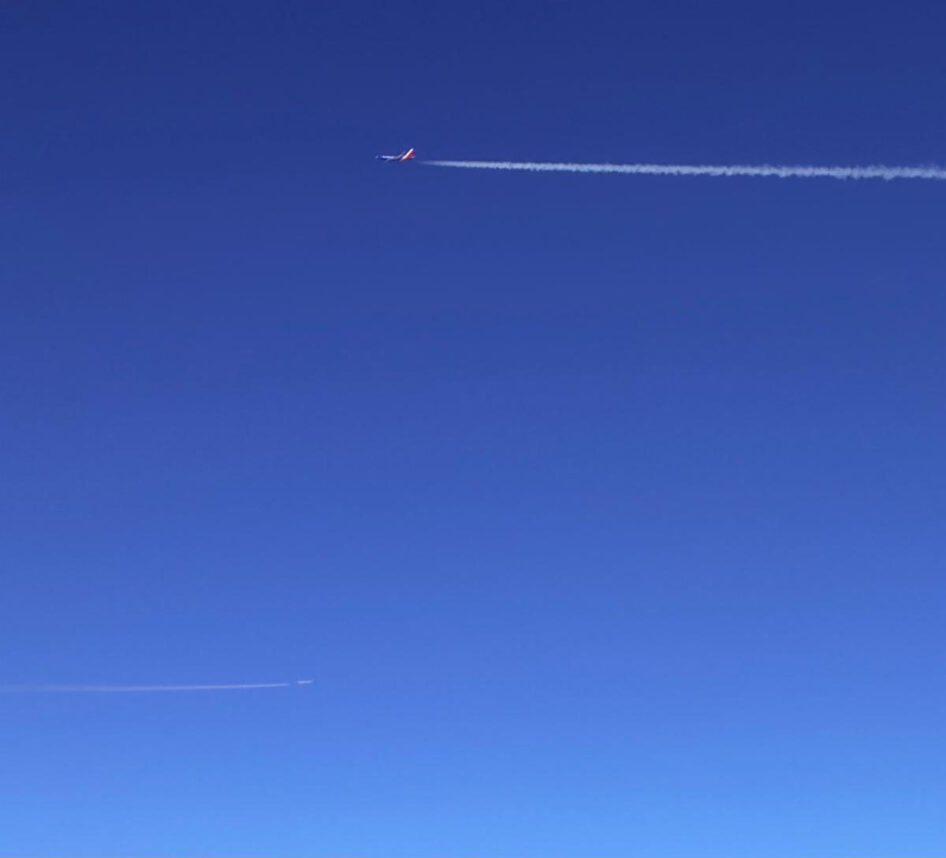

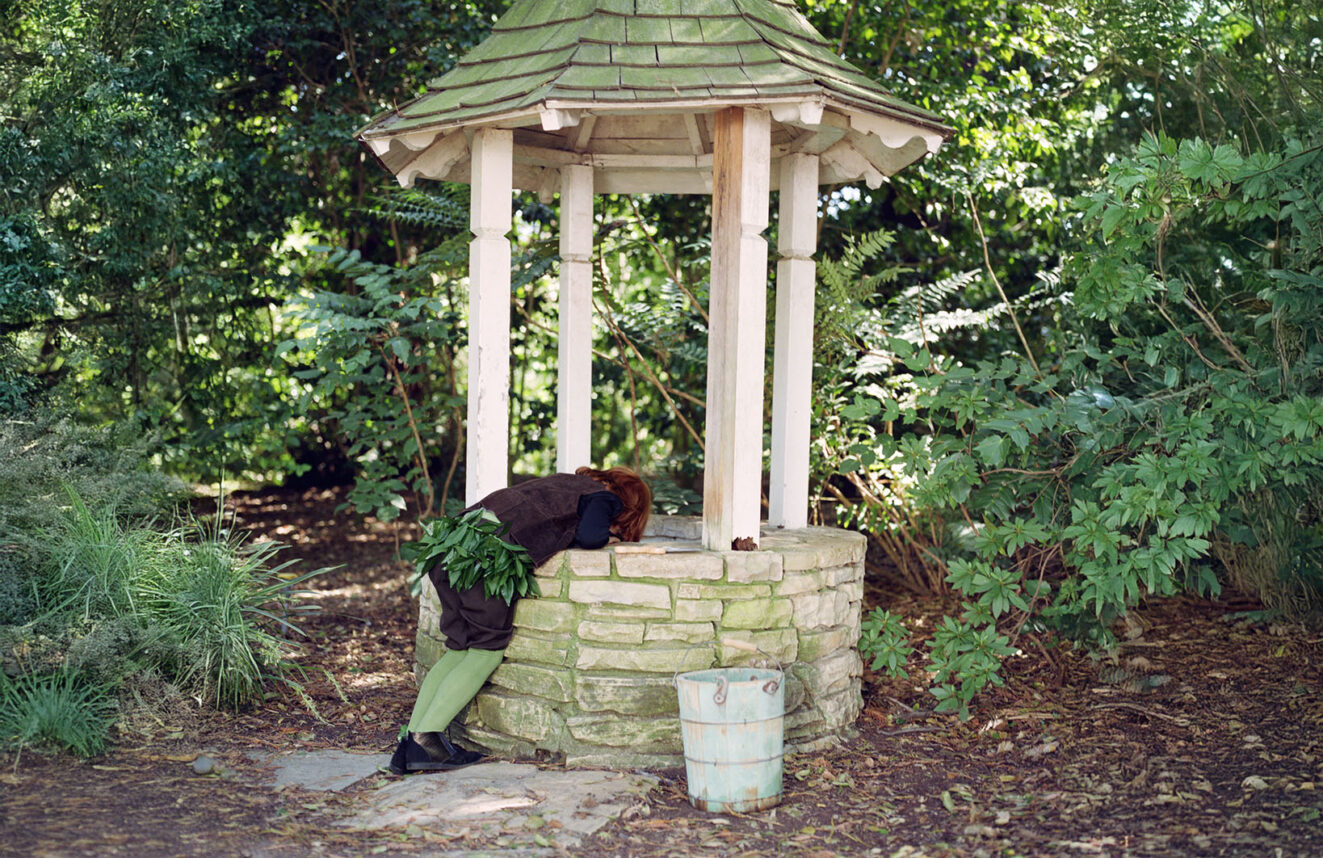



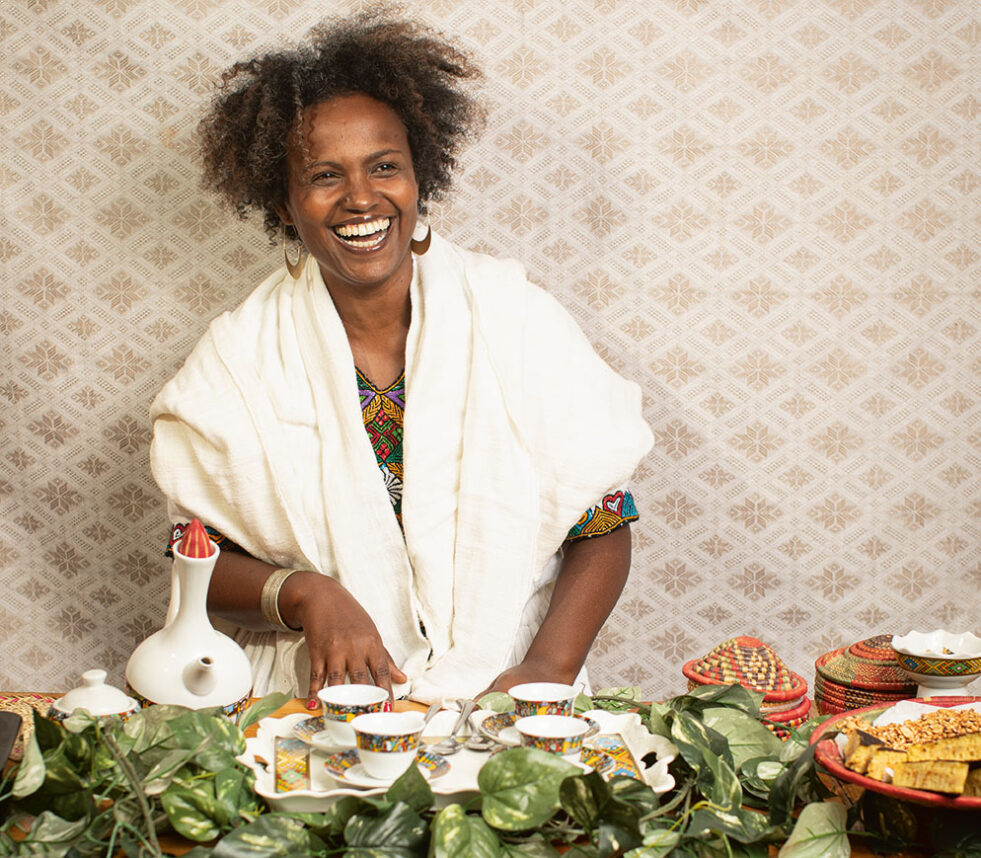


 More news and opinions than at a Shabbat dinner, right in your inbox.
More news and opinions than at a Shabbat dinner, right in your inbox.